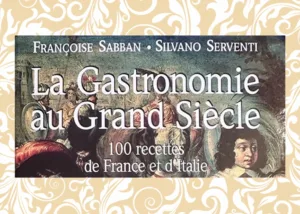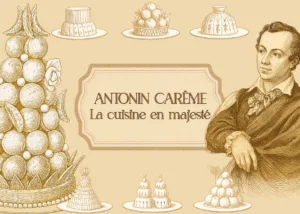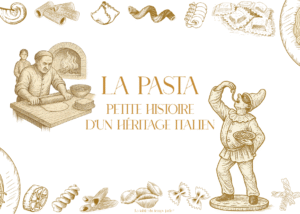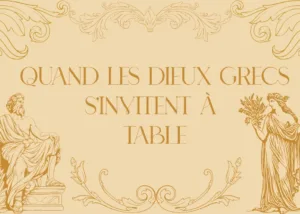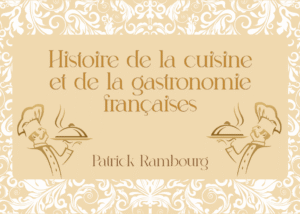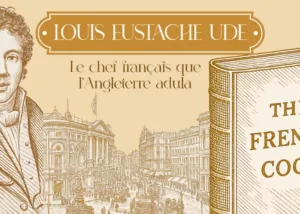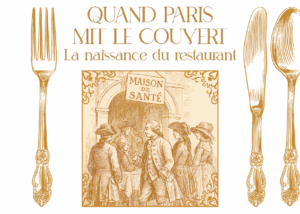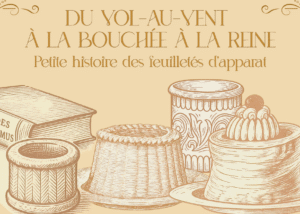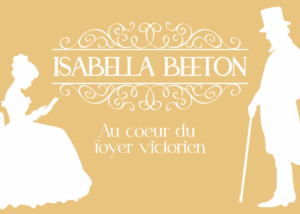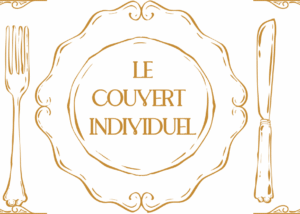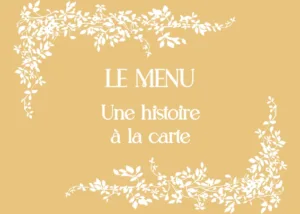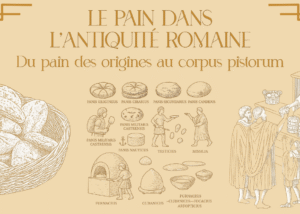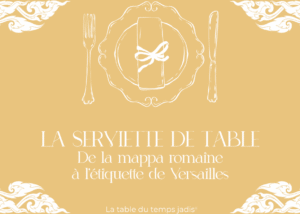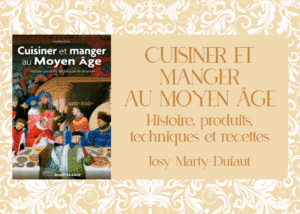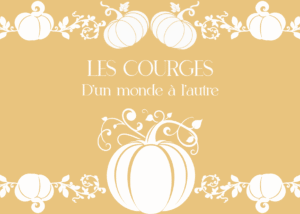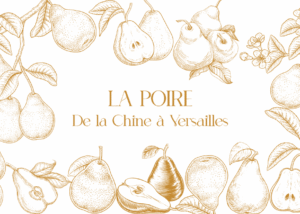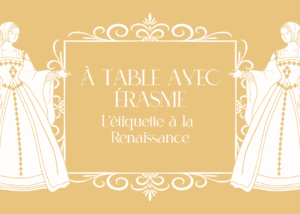Antonin Lent
Majesty cuisine

In the subtle vapors of the large kitchens of the 19th century , a silhouette stands out. Neither prince nor noble, but greeted by the kings, he alone embodies the French culinary genius .
Antonin Lent does not just feed: he composes, pupil, magnifies. At the crossroads of fire and mind, he will give cooking his letters of nobility.

A devoid of a shaped destiny
Born in Paris in 1783 , Antoine Carême - whom he preferred to call Antonin - was born in a poor family, in a large siblings, in a barrack near the hospital of incurable women. The stories of his youth oscillate between legend and reality, but all agree to describe a modest childhood, punctuated by resourceful and early work. According to his own words, his father would have left him left to himself at the age of ten, saying to him:
"Go, little, there are good trades in this world. Misery is our lot, we must die there. But
the destiny of this little Parisian will not be that of the misery.
Placed in a gargish of the Maine barrier, the young Lent learns the basics of the profession in modest kitchens , where workers are nourished. He first exercises thankless tasks, but observes, learns, retains. When he is hired as a mitron with a baker, he discovered a new universe: that of dough, fermentation, controlled fire. He acquired gestures there, but also the first letters. His reading is refined, his ambition too.
On the eve of 18 Brumaire year VIII (November 9, 1799) , fate changed: the young Antonin enters Sylvain Bailly , famous pastry chef on rue Vivienne. There, he evolves in a completely different world: customers are called Talleyrand or Joséphine de Beauharnais . The young apprentice, barely adolescent, is distinguished by his speed of execution, the precision of his gesture and the finesse of his taste. In a few weeks, he went from the second to the first walk. Already, the whole-Paris whisper his name.

The architect's pastry chef
What fascinates in Lent is not only his technique, but his mind. He is not content to reproduce - he imagines. national library assiduously , where he copies the boards of eastern and classic . It is inspired by Turkish palates, Greek temples, Chinese pagodas, obelisks and ancient ruins. And what he sees, he transforms it: sugar, nougatine , cookie. His mounted pieces become works of art.
His creations amaze: fruit pyramids, Corinthian nougat columns, almond and caramel temples, boats of carved dough. The architectural imagination is embodied in pastry , which becomes a spectacle as much as dessert. In the picturesque pastry chef , he records more than 250 drawings, real masterpieces of symmetry, balance and inventiveness. Through them, Lent claims for the pastry chef a place with artists:
“The fine arts are five […] architecture, which has the main branch. »»
This sentence, famous among all, is not provocation but a conviction. For Lent , the table is a theater, and dessert is the apotheosis. It is not a question of nourishing only: you have to seduce, dazzle, make you dream. In the windows of his store on rue Napoleon , passers -by flock, fascinated by these ephemeral sculptures which testify to a new art: that of monumental gluttony .

The powerful cook
The ascent of Lent marries the contours of the imperial history . Recommended by Bailly , he entered the service of Talleyrand , who became Minister of External Relations. He joined the team of great extraordinary , these dinners where Napoleon orders to receive twice a week foreign ambassadors and princes. In these refined kitchens , Lent forms with the greatest: Richaud , master of sauces; Lasne , frost specialist; Laguipière , former of the King's house.
In 1805 , he was called to the Élysée with Caroline Murat . The emperor, concerned about health and discipline, encourages the return to the great meager cuisine , inspired by court practices and monasteries: meat without meat, delicate broths, where the bacon is banished to favor clarity. Lent devotes himself to it with fervor. He will say later:
"It was at the Élysée that I somehow received my last instructions. »»
Shortly after, he opened his own establishment in a booming street: gray marbles, mirrors, green velvet ... everything breathes discreet luxury. It is there that he imagines the grandson , these elegant bites that we taste standing, without cutlery, and which will be all the rage in the salons of the 19th century .
But it was in 1814 that his fame became European . While Tsar troops Alexandre I occupy Champagne, Lent is responsible for feeding the Russian dignitaries. Three days of banquets, three hundred cutlery each evening, in an exsangue France: challenge taken up. Following, he was invited to England by Prince Régent , future George IV . Here again, he surprises, even heals the drop of the sovereign with pearl barley soups ... without giving up a few truffles and three bottles of champagne .
He was then called to Vienna , then in Saint Petersburg , where he draws urban embellishment projects for the Tsar. But administrative constraints and budget controls eventually exasperate it. He prefers to return to Paris , find his wife, his daughter ... and his pans.

A total work
Antonin Lent was not only a genius executor: he was a pedagogue , a thinker , a theorist . For two whole years, he withdrew from public life almost entirely to write a monumental pastry treaty , bringing together 900 recipes , 250 drawings , and a whole method intended to win young pastry chefs "fifteen years of mistakes" . Its objective is clear: to transmit .
He continues with the picturesque pastry chef , then the French butler , and finally the art of French cuisine in the 19th century , huge culinary encyclopedia which he designed as an extension of his pastry . He codifies the large kitchen , establishes the basics of the sauces, distinguishes the types of funds, classifies the garnishes, defines the uses of the service.
Lent is not content to note recipes: he organizes, prioritizes, structure. He transforms culinary art into a language . His writing is lively, sometimes lyrical, often technical, always rigorous. He defends a vision there: that of an French cuisine , carrying a certain national ideal.
It is also in this spirit that he adopts, during a stay in Vienna , a more elegant and elegant headdress than the traditional cotton cap. For him, a cook must inspire health , mastery , respect . This simple gesture alone sums up his ambition: to make the chief a man of art, worthy of his knowledge.
On January 12, 1833 , Antonin Carême died in Paris , dictating his last recipes, faithful to his pans like a sculptor to his marble. He was barely fifty.
Lent had neither title, burden nor birth. But by the force of the labor, the precision of the gesture, the momentum of the imagination, it has risen to the rank of the creators . His mounted pieces fell to dust, his sauces have been forgotten, but his name remains , like a signature affixed to the pediment of an art that has become major.
Through him, the cuisine became language , the architecture pastry , and the chef ... sovereign of his kingdom. This kingdom was the table . And in this ephemeral palace, Antonin Lent reigned in Majesty .

Find other blog articles
Find other blog articles



